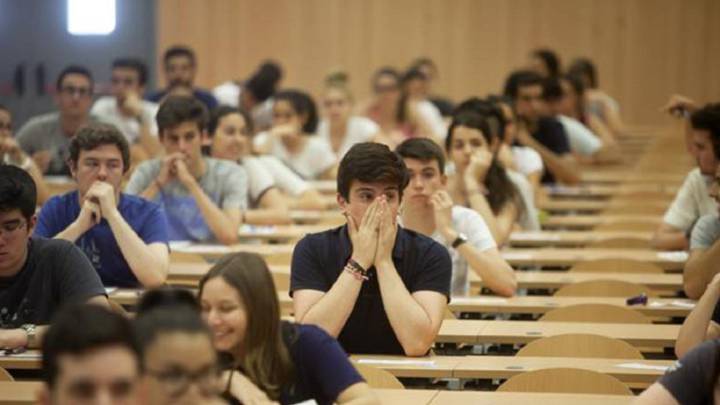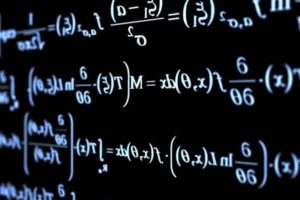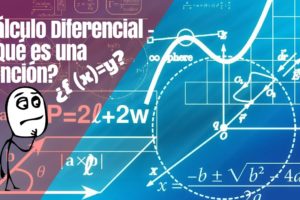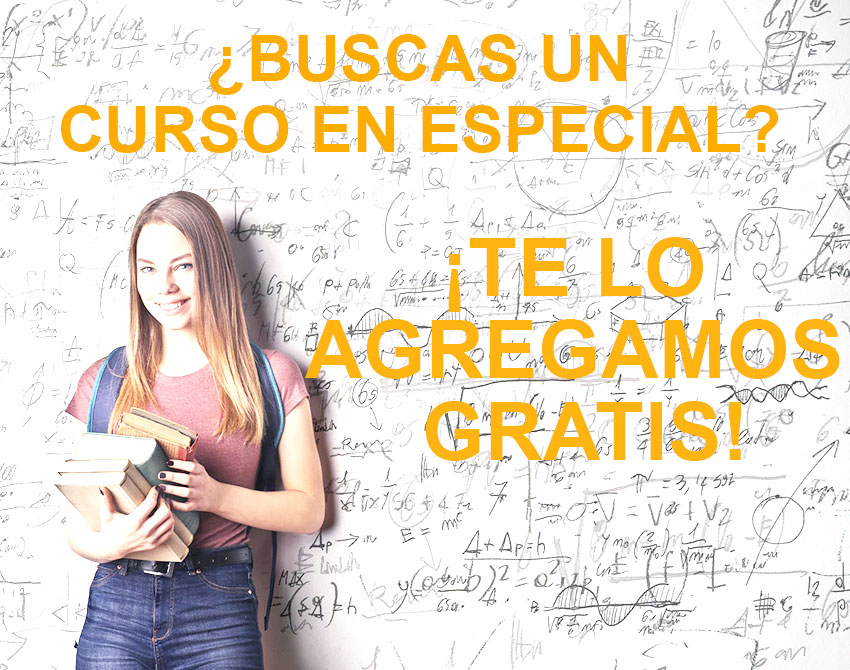Description
With this free course of 21 video lessons you will learn about the most important concepts of Mathematics for Selectivity
The selectivity exam is a written test that is done to students who wish to access university studies at public and private universities in Spain. This exam is part of the Baccalaureate Assessment for Access to the University (EBAU),1 previously Tests of Access to University Studies (PAU or PAEU), in which, in addition to selectivity, they count the two Baccalaureate courses. In addition, CFGS students (higher grade training cycles) can perform the specific phase of these tests in order to access degrees with limited places.
The review consisted, until its reform in 2010, of at least 20 written tests, and from the 2009/2010 two-phase academic year, a mandatory general phase composed of 4 exercises (5 in the case of autonomous communities where there are co-official languages), and a specific voluntary phase of a maximum of 4 exercises, counting in the latter phase only the two with the highest qualification.
The exam is carried out at the university to which the school of studies was attached, usually for three days in mid-June in the ordinary call, and September or July in some communities in the extraordinary, to which the student could present himself if he had not passed the first or if he wants to raise a grade. In order to access the university it is necessary to pass the selectivity and, depending on the grade obtained in the EBAU, the student can choose the university career with limit of places that he wants to take based on the cut-off note (minimum note that is used as a limit to access a certain career before all the places offered are filled) established for each degree and university. This cut-off grade varies each year and from university to university.
Mathematics or mathematics2 (from Latin mathemat-ca, and this from Greek ,", derived from "knowledge") is a formal science that, starting from axioms and following logical reasoning, studies the properties and relationships between abstract entities such as numbers, geometric figures, icons, glyphs, or symbols in general.
Mathematics is actually a set of formal languages that can be used as a tool to raise problems in an unambiguous way in specific contexts. For example, the following statement can be said in two ways: X is greater than Y and Y is greater than Z, or simplified form we can say that X> Y > Z. This is why mathematics is just a simplified language with one tool for each specific problem (e.g. 2+2x4, or 2x2x4).
The natural sciences have made extensive use of mathematics to explain various observable phenomena, as expressed by Eugene Paul Wigner (Nobel Prize in Physics in 1963):3
The enormous utility of mathematics in the natural sciences is something that rubs on the mysterious, and there is no explanation for it. It is not at all natural that there are "laws of nature", let alone that man is able to discover them. The miracle of how appropriate the language of mathematics is for the formulation of the laws of physics is a wonderful gift that we do not understand or deserve.
By abstracting and using logic in reasoning, mathematics has evolved based on calculation and measurements, along with systematic study of the shape and movement of physical objects. Mathematics, since its inception, has had a practical purpose.
The explanations based on logic first appeared with Helenic mathematics, especially with the Elements of Euclid. Mathematics continued to develop, with continuous interruptions, until mathematical innovations interacted with new scientific discoveries in the Renaissance. As a result, there was an acceleration in the investigation that continues to this day.
Today, mathematics is used around the world as an essential tool in many fields, including natural sciences, engineering, medicine and social sciences, and even disciplines that are apparently not linked to it, such as music (e.g. harmonic resonance issues). Applied mathematics, a branch of mathematics aimed at applying mathematical knowledge to other fields, inspires and makes use of new mathematical discoveries and sometimes leads to the development of new disciplines. Mathematicians also participate in pure mathematics, regardless of the application of this science, although practical applications of pure mathematics are often discovered over time.






Reviews
There are no reviews yet.